Today we’re introducing Charlotte Holmes, a postgraduate student who is doing some volunteer work under the supervision of archivist Aline Brodin. Her main task is to catalogue and box-list two very different collections from our archives, the Archive of Illustrators Richard and Alison Douglas Tod (Coll-2029) and the Archive of productions of Varsity Vanities and various dramatic groups (Coll-1581). Volunteering with the CRC is a great way to gain some new skills and some practical experience while working with our heritage collections. Charlotte tells us about her background and her work in our reading room:
Hi everyone! My name is Charlotte, and I am a final-year PhD student in History. My thesis is entitled “Domestic Medicine in Early Modern Scotland, c. 1650 – c. 1750”. Before this course, I spent a few years in the “real world” after my undergraduate and masters at Georgetown University in Washington, DC, and the University of Edinburgh respectively. My undergraduate degree was in History and French, concentrating on Western Europe and Africa, while my masters was in Renaissance and Early Modern Studies. I am interested generally in the history of Scotland, medicine, and gender.
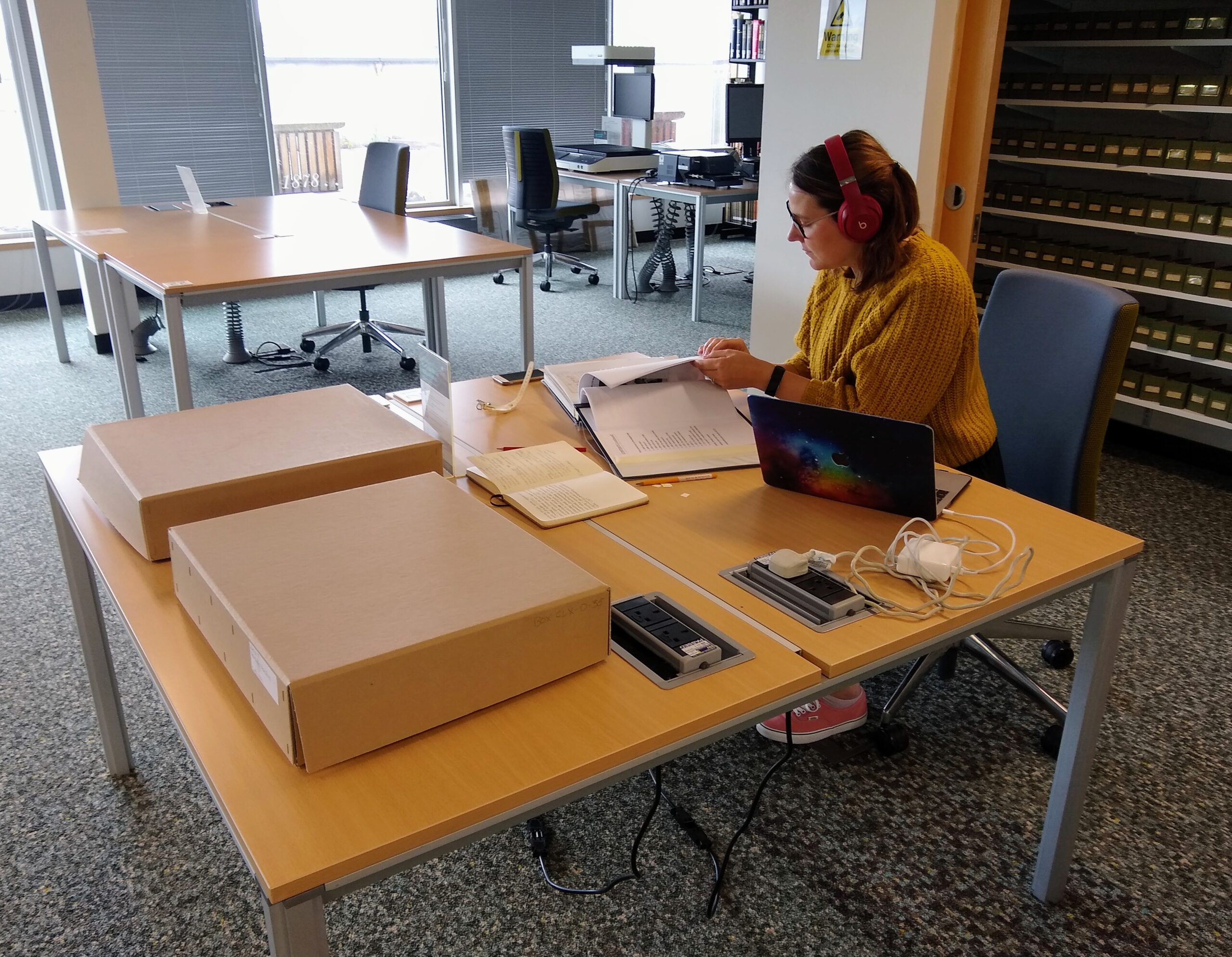
Charlotte working in our reading room.
My position with the Centre for Research Collections is as a Box-Listing Volunteer. As it says on the tin, I have been listing what is in the boxes for two collections: the Richard and Alison Tod fonds and the Varsity Vanities fonds. Richard and Alison Tod were Scottish children’s book illustrators throughout the 20th century and the Varsity Vanities fonds contain photographs and programmes from Edinburgh University student theatre productions from the mid-20th century. Most of my role involves thinking about what researchers need to know about items in the collections: are the photographs or artwork in black and white or colour? Can we determine the year in which the item was created? Then, I enter this data into ArchivesSpace with other archival descriptors such as the call number.
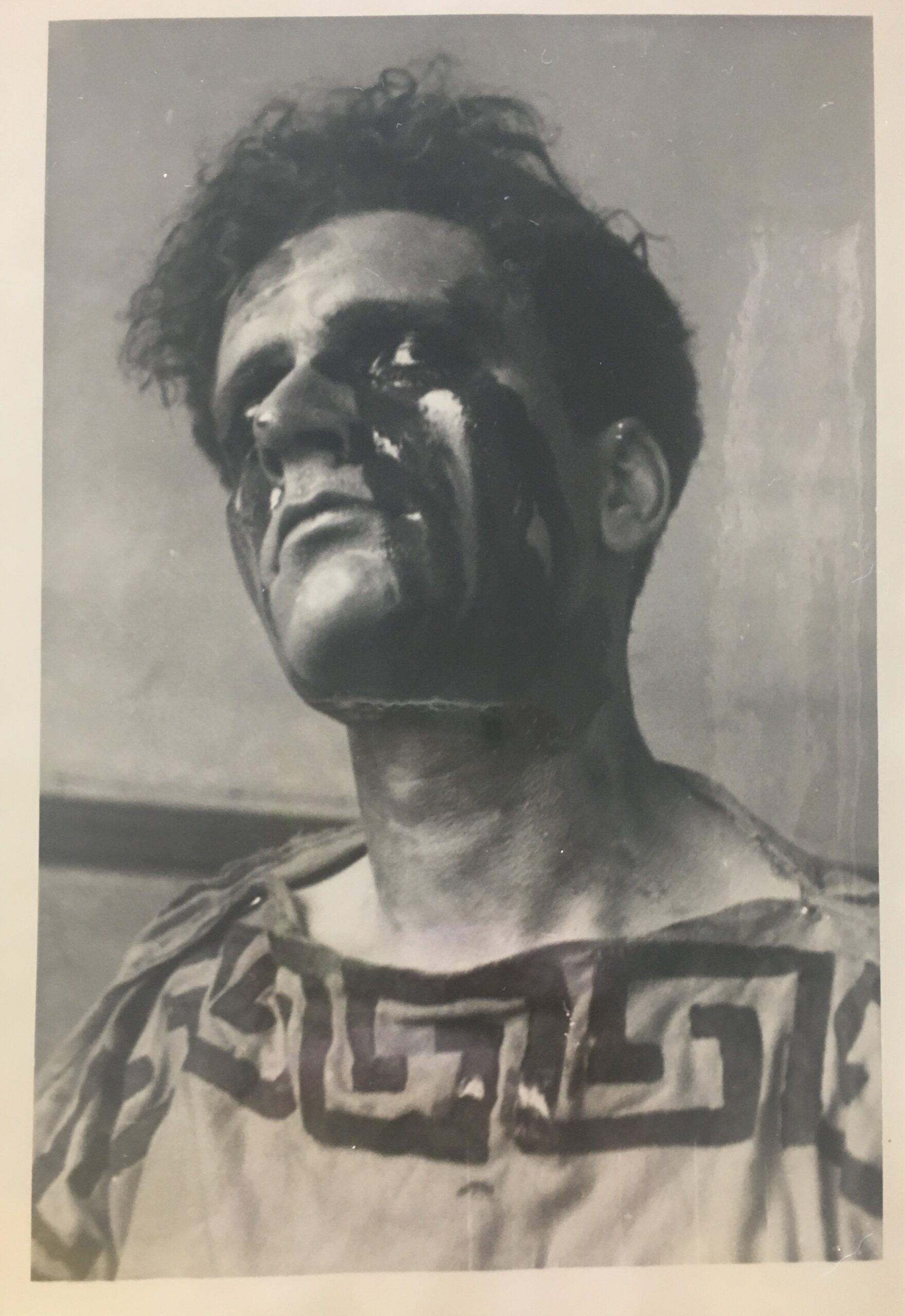
A student acting in a Varsity Vanities play, 1940s (Coll-1581)
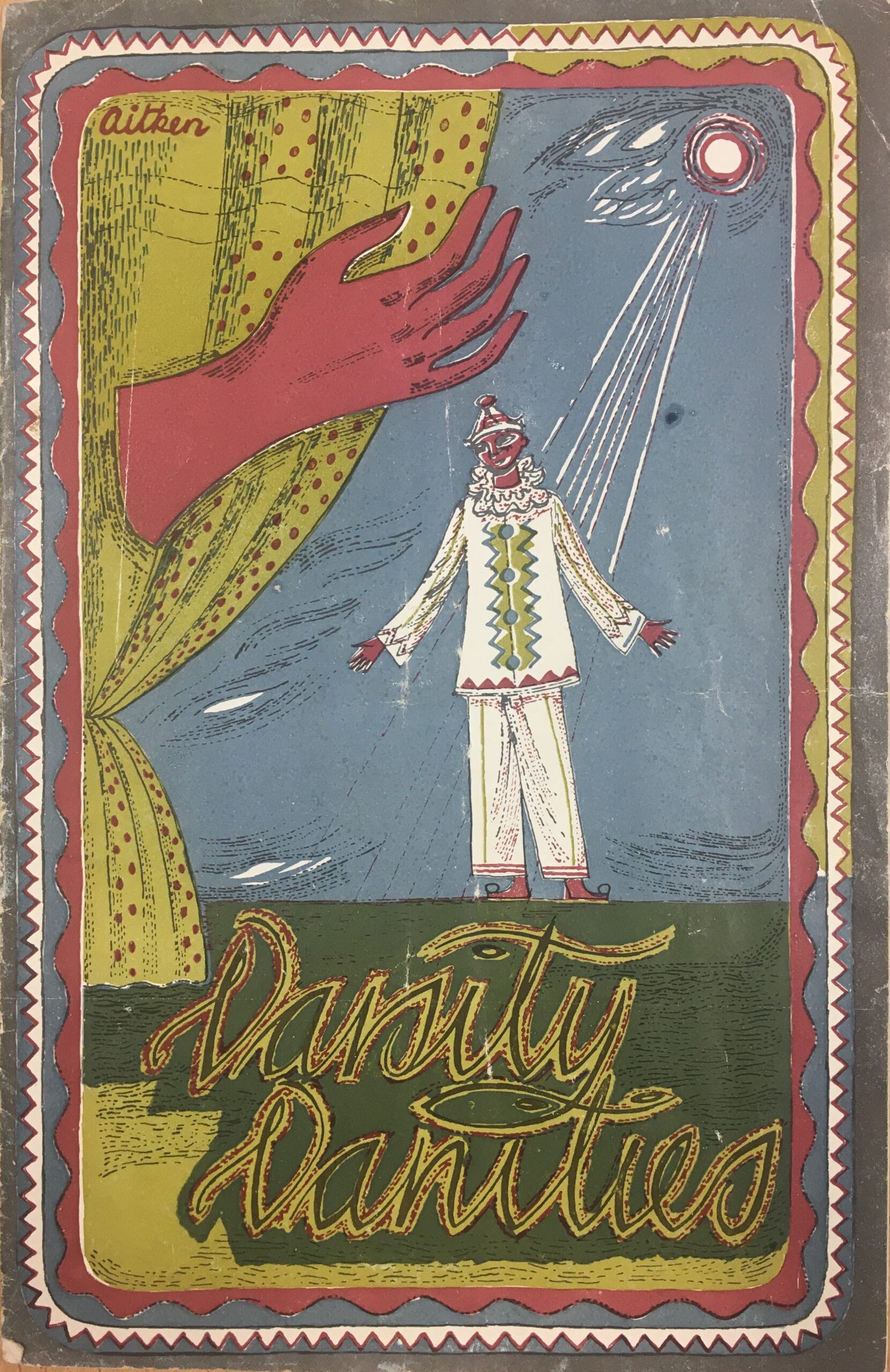
Varsity Vanities programme, 1940s (Coll-1581)
I took this position because I wanted to learn some basic archiving practices. As a researcher, I only look at the published side of the catalogue and I wanted to learn how it worked from the back end. I have certainly learned how much is involved in cataloguing items: it was challenging at first to fight my instincts to analyse them and to remain as objective as possible. But there were pieces in both collections that involved some subjectivity and further research. For example, there were racial depictions that are now commonly understood to be harmful to sections of society. So, I got to stretch my research muscles as well as exercise some subjectivity within the archiving process. It made me remember that there is a very human side to archival objectivity.
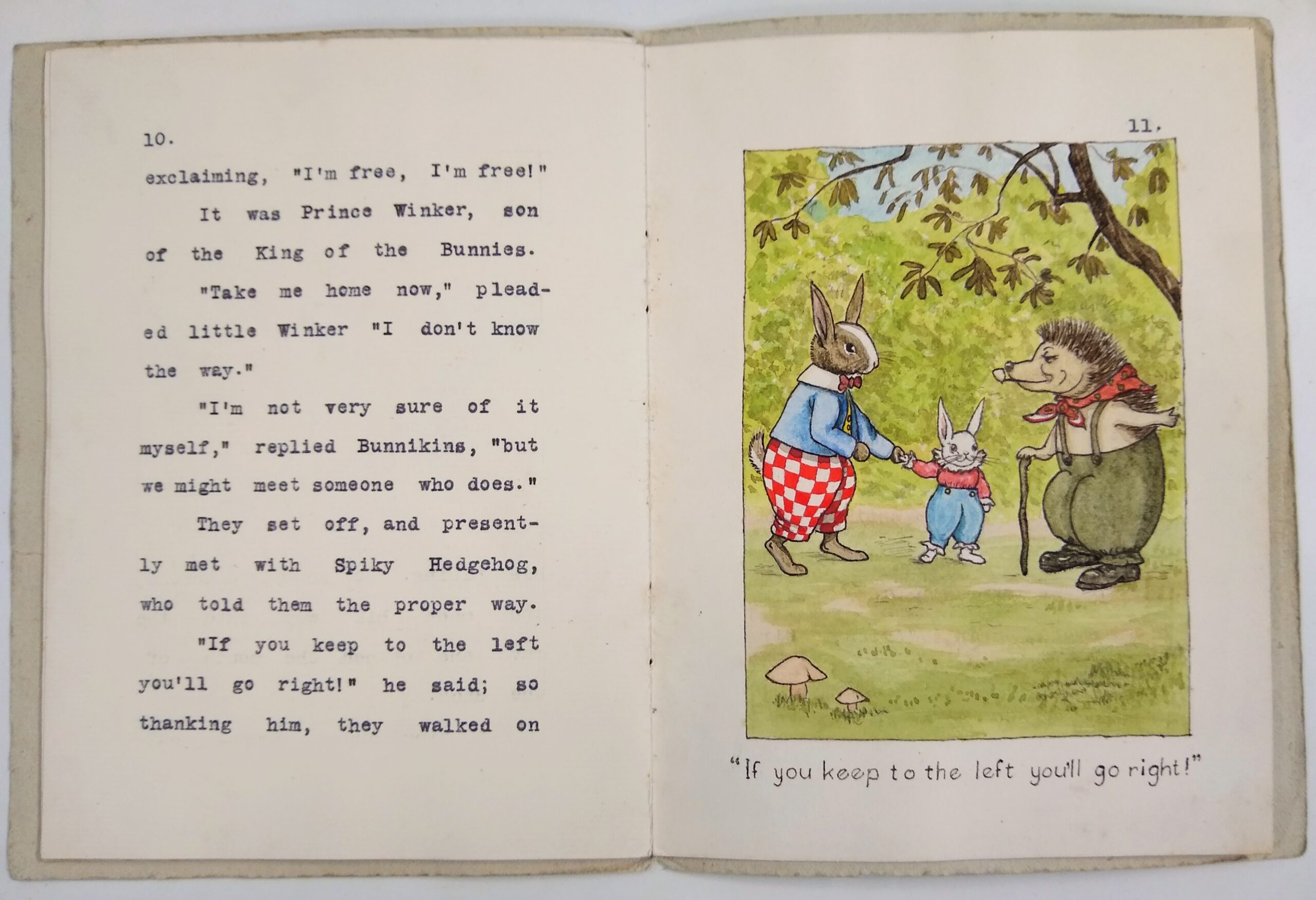
Booklet by Alison Tod entitled “Bunnikin’s Adventures”, with original illustrations, 1935 (Coll-2029/2/3/1)
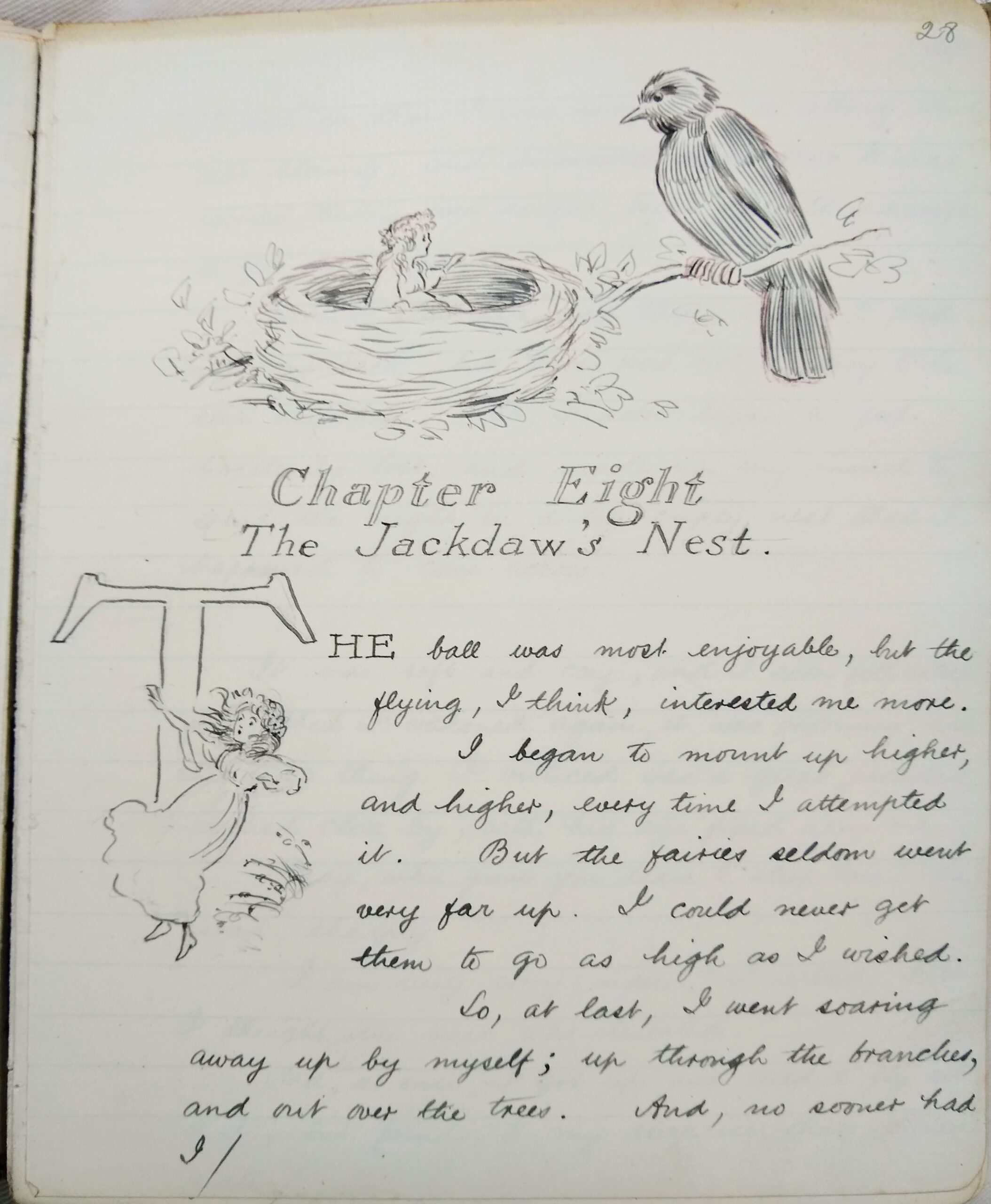
Booklet by Richard or Alison Tod entitled “Fairyland Tales: Googoo’s Gamp”, 1939 (Coll-2029/2/1)
What I am leaving with from my time at the CRC is an incredibly positive learning experience. Everyone that works there, including and perhaps especially the front of house staff, are helpful and supportive. My supervisor, Aline is extremely patient and explains everything well and thoroughly. When I’m in, she makes a point to come say hi. I also have a regular table in the Reading Room, which is infinitely funny to me because of course my regular table wouldn’t be at a coffee shop or pub, but in a nerdy environment! Anyway, if you are interested at all in archives and history, I would highly recommend volunteering for the CRC. It’s worth climbing the six flights of stairs, I promise!
If you are interested in volunteering with us, you can find all the relevant information, including how to be added to our mailing list, on this page: Volunteers and Interns | The University of Edinburgh